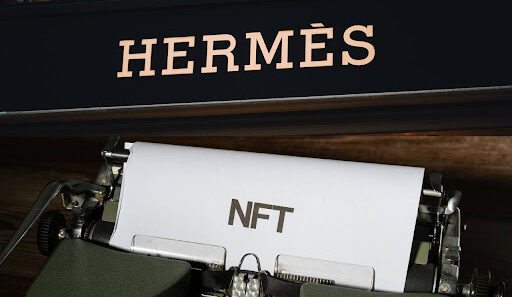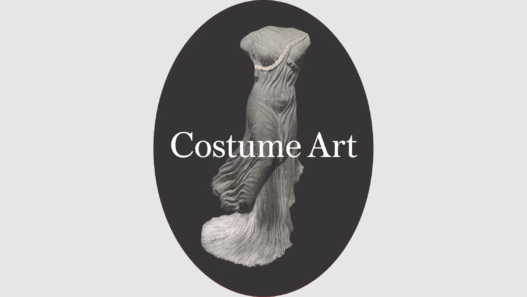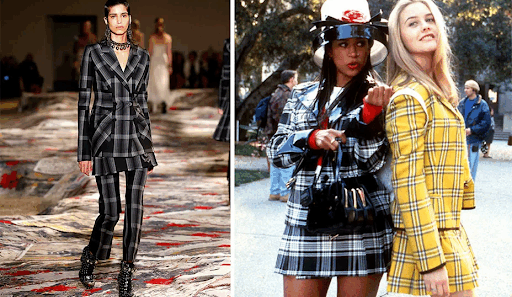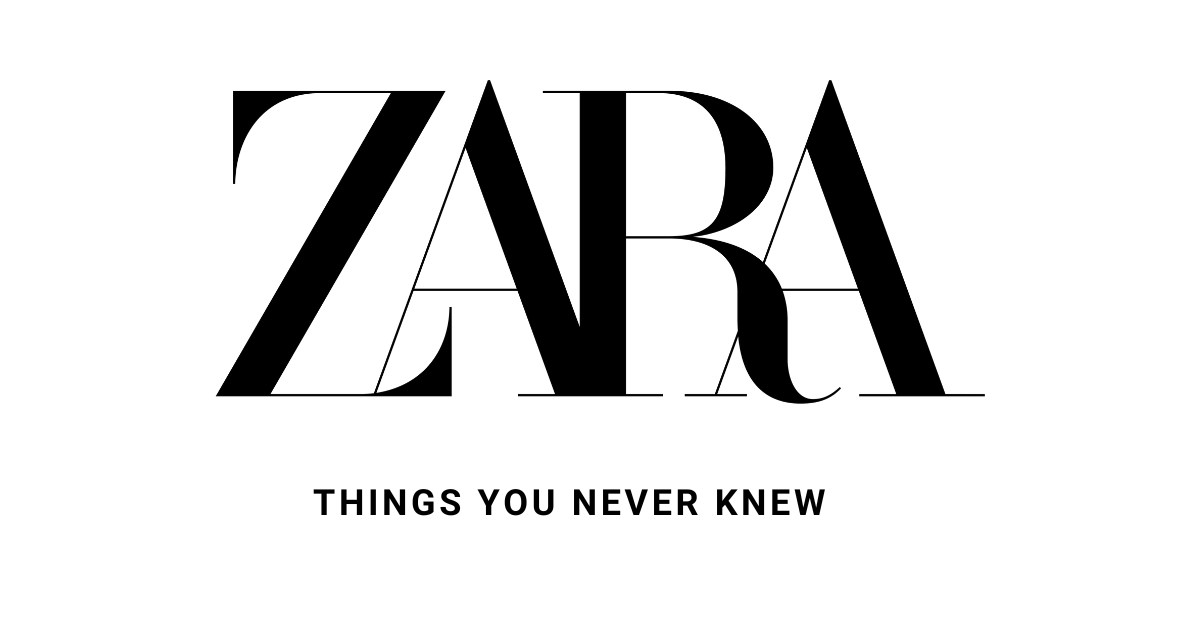Creativity is no longer limited to fabric and form as fashion moves faster into the world of technology. Intellectual property needs to adapt to this new frontier, as brands increasingly create for both bodies and avatars. What it means to “own” style is changing as a result of the integration of art, technology, and commerce.
Few cases illustrate this better than Hermès v. Rothschild—a dispute that transformed a handbag into a legal landmark and asked a straightforward question: can luxury survive translation into pixels?

Fashion’s Legal Awakening in the Metaverse
Fashion is evolving beyond fabrics into pixels, avatars, and virtual marketplaces. In this new market, luxury companies are making their mark. NFTs and digital wearables are moving brand identity from boutiques to blockchains. Dolce & Gabbana has showcased complete wearable collections in Decentraland (https://world.dolcegabbana.com/news/dolcegabbana-enters-the-metaverse), Gucci created a metaverse outpost with its Vault project in The Sandbox, and Nike expanded its Web3 presence by acquiring RTFKT to produce digital sneakers, yet its announced closure in early 2025 shows how unstable digital ventures can be for even the most established brands.
However, these brand experiments reveal a crucial question: what happens if a third party introduces your signature into the metaverse as a competitor rather than a collaborator? This is exactly what Hermès v. Rothschild addresses: whether trademark protection can be extended into a world where technology, art, and brands coexist.
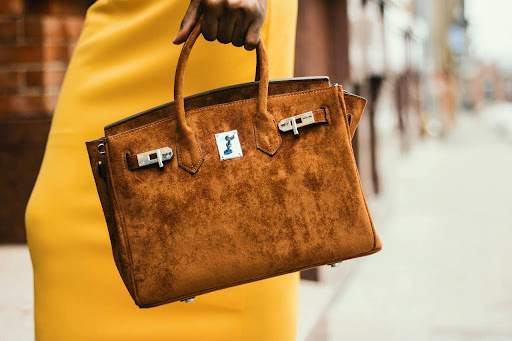
The Hermès Birkin Goes Digital
Digital artist Mason Rothschild released the MetaBirkin collection in December 2021, consisting of 100 NFTs that reinterpret Hermès’ iconic Birkin bag in vibrant, fur-covered textures. The project, presented as a critique of luxury’s obsession with status and its use of animal-free materials, quickly went viral and generated over $1 million in sales.
Nevertheless, Hermès saw the collection as trademark appropriation rather than satire. The French house alleged that Rothschild’s use of the Birkin name and silhouette amounted to cybersquatting, dilution, and trademark infringement, arguing that customers could assume that the NFTs were associated with, approved by, or officially licensed by Hermès.
Rothschild defended his work under the First Amendment, claiming that the MetaBirkins were artistic expression protected by free speech by comparing his NFTs to Andy Warhol’s Campbell’s Soup Cans as commentary on consumerism. Hermès countered that the NFTs were sold and promoted as commercial products, rather than being displayed as conceptual art.
In February 2023, a federal jury in New York ruled in favor of Hermès, finding Rothschild liable and awarding over $133,000 in damages. The ruling was one of the first instances in which a court acknowledged that NFTs and digital assets could be subject to trademark infringement. Yet beyond the verdict lies a deeper issue: in a time where innovation, commerce, and code intertwine, what does it really mean to “own” a brand?
Owning Meaning, Not Just Marks
The purpose of trademark law is to protect consumers from counterfeiting and to preserve the goodwill that companies create through consistency, quality, and reputation. However, those lines become more unclear in the digital age.
Mason Rothschild claimed to be selling ideas rather than handbags when he turned a Hermès Birkin bag into a collection of digital artworks. These concepts included comments on consumerism and exclusivity, and the increasing shift toward non-leather materials. He argued that the MetaBirkins were a critique rather than a commercial use, basing his justification on artistic freedom. Hermès disagreed. The brand saw Rothschild’s idea as a business operation rather than an abstract statement. The NFTs were priced and marketed as collectable goods, existing in a marketplace rather than a museum.
The problem here is the conflict between artistic parody and commercial profit. The Rogers v. Grimaldi test, which protects expressive works unless their use of a mark (1) lacks artistic relevance or (2) explicitly misleads consumers, was applied by the jury. Although Rothschild’s use may have satisfied the first requirement, it failed the second, as his branding and marketing made it difficult to distinguish between commentary and commerce, leading the jury to conclude that customers might think the NFTs were Hermès-approved.
In digital culture, symbols circulate faster than understanding. Anyone can copy, remix, or profit from a name, picture, or logo before its meaning is even recognized. This proliferation presents a risk for luxury brands like Hermès, whose value depends on aura, scarcity, and trust. Protecting the Birkin mark is about preserving not only a logo but also the trust and identity that define luxury itself.

From Catwalk to Code
More than just a judicial win, the Hermès v. Rothschild case led to an evolution in the way intellectual property is applied to virtual goods. A U.S. jury set an early precedent for fashion’s changing relation to technology by confirming for the first time that trademark rights protecting tangible goods can extend to their digital counterparts.
However, this ruling also revealed the shortcomings in the current intellectual property laws, which were never intended to regulate virtual stores, blockchain assets, or avatars wearing branded skins. To refer to other disputes, such as Yuga Labs v. Ryder Ripps, which concerned the unapproved duplication of Bored Ape Yacht Club NFTs, while Nike v. StockX involved the sportswear company suing for “Vault NFTs” involving pictures of Nike sneakers. Both cases emphasise brands’ growing exposure in online spaces.
Still, enforcing rights online remains challenging. Without any actual product exchange, it is more difficult to determine who is at fault or whether consumers were actually misled because infringers frequently hide behind decentralized platforms, cross-border jurisdictions, and anonymity.
In response, creative fashion houses like Balenciaga and Prada have already begun registering trademarks for digital assets. This development shows that fashion law needs to cover “copying a brand experience” as well as “copying a product.” In the metaverse, theft takes a new form: not of design, but of feeling – the illusion of belonging to a world a brand has so carefully built. Protecting that digital sense of identity could be fashion’s next great legal challenge.
Can Luxury Brands Coexist with Digital Art?
Hermès’ victory shows that courts are ready to defend luxury intellectual property in virtual spaces. Yet this legal clarity is met by an unresolved issue: where does commercial exploitation start and artistic freedom end?
The metaverse offers both opportunity and risk: designers and innovators must navigate ethical and legal grey zones between inspiration and infringement. Litigation may not be a viable long-term strategy for brands. Instead, collaboration rather than confrontation could become the new norm — brands partnering with digital artists, licensing virtual collections, or co-creating NFTs that respect both innovation and integrity.
In a hybrid economy, fashion law should not stand in the way of progress, but rather connect innovation and protection. If the twentieth century taught fashion to protect its fabric, the twenty-first will teach it to protect its pixels.
Author: Xenya Kolotov
Xenya Kolotov is a law graduate passionate about IP, fashion, e-commerce, and the creative industries. With a background in International and European Law and Fashion Law training in Milan, she loves exploring how creativity and regulation meet in the modern world.



